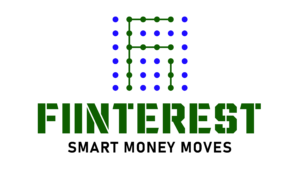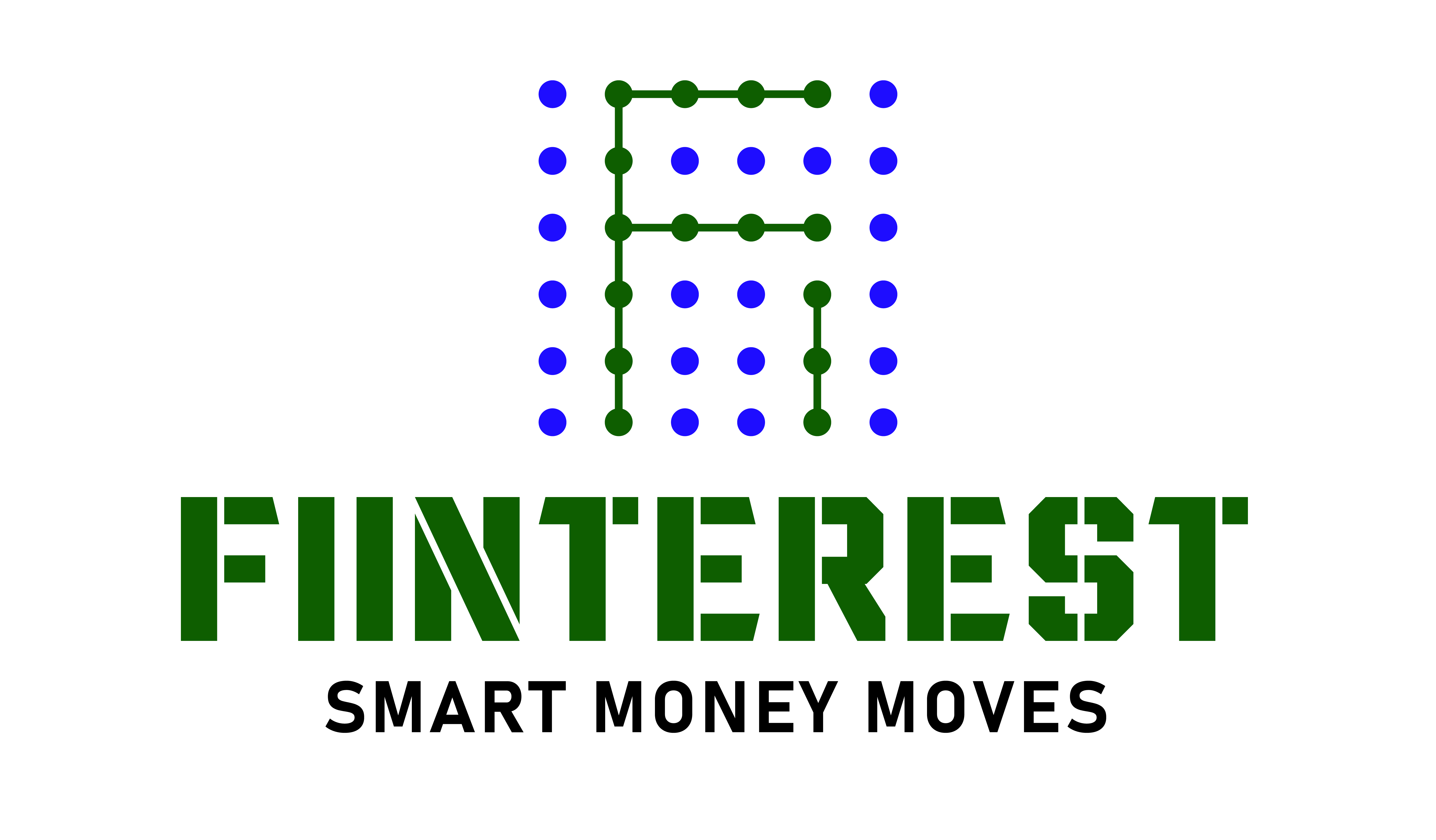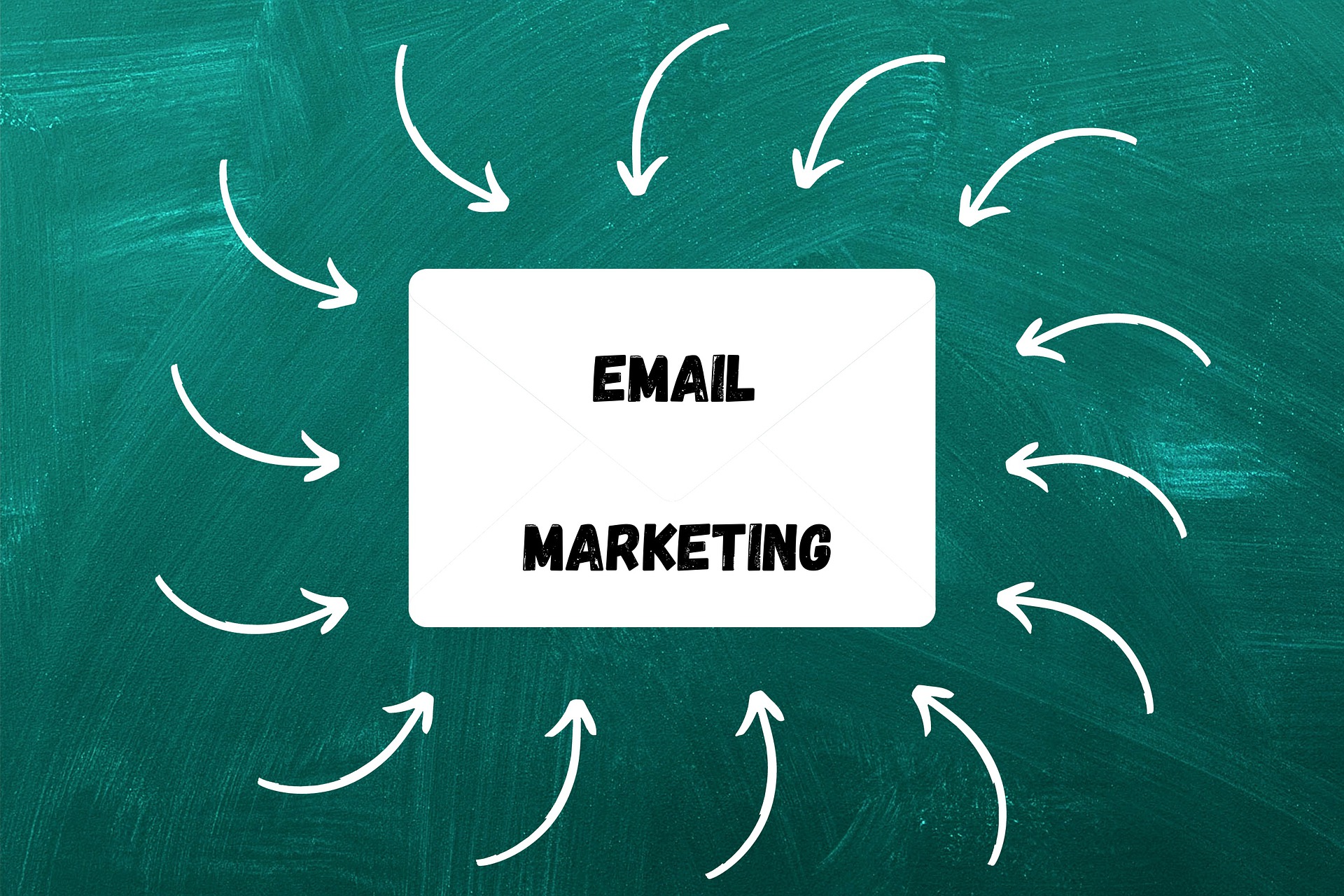E-commerce is undoubtedly a rewarding field, but it is challenging too.
When you enter the field to build your brand or business, it is not just Amazon or eBay that you have to beat. There are many little things to deal with, along with competitors.
To succeed in your endeavor, you must be proficient in several fields, including sales, informatics, marketing, etc.
Additionally, tracking customers’ preferences, special events like birthdays or anniversaries, contact details, and occupation takes much work for marketing.
However, with the help of email marketing automation, you can focus on exactly who to email, what to send to every individual according to their preferences, and when it should be sent to them.
As experts say, integrating email marketing automation into your communication strategy opens the door to infinite opportunities. In this article, we will check what email marketing automation is and why it can be a real game-changer for you. Let’s explore.
What is Email Marketing Automation?
Email marketing automation uses a specified configuration to send trigger- or time-based messages to your customers using email or marketing automation software.
It enables you to automatically deliver tailored messages to the right people at the right time without any manual effort.
If you link your website data with your email marketing software, you can target individuals based on their previous buying preferences, interests, and budget.
Then instead of sending your customers irrelevant promotional emails, you can tailor their experience and send everyone customized automated emails to get their best interest into your brand or business.
Examples of automated emails include a welcome message to new subscribers, a plea for referrals from happy customers after they leave positive feedback or a “nudge” email to users who just initiated the registration process but haven’t completed it.
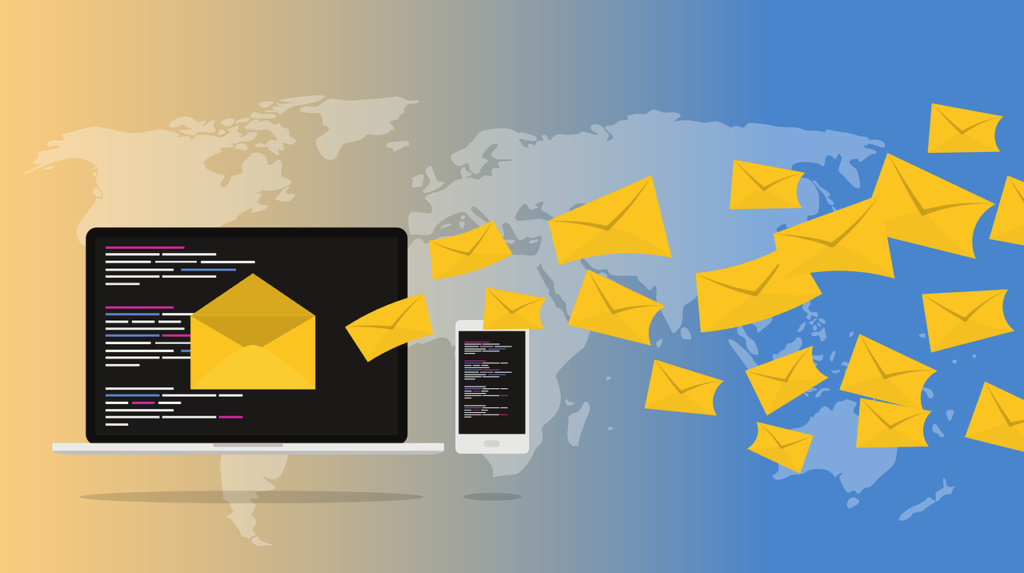
Types of Email Automation
Email automation comes in two primary forms:
- Time-based
You may schedule time-based automation to send emails at specific times or dates.
For example, you might create a “Welcome Series” consisting of five emails programmed to be sent once a new subscriber has signed your list. These emails would be sent once weekly for the first five weeks after the user has signed your list.
- Behavior-based
Automation based on user behavior is much more advanced, enabling perfect control over the content and time of communications like email.
For example, check your welcome series to see if a subscriber has clicked on a particular link. Depending on their behavior, you could send them a special email (in addition to the regular welcome series) informing them of a special offer. This would be in addition to the typical welcome series.
How Email Automation Works
For email automation to be successful, you will need to have the following elements in place:
-A membership with an email marketing platform that includes email automation tools as part of the package
Some companies provide automation as a separate package. Therefore, you must ensure that your existing package permits the creation of automated campaigns.
-Make sure your website is linked to your email marketing platform.
You will need to link your website with the email marketing software you use to deliver campaigns dependent on the activities your subscribers perform on your website.
In most cases, this may be accomplished by inserting a snippet of JavaScript code into the HEAD section of your page.
Run an online shop using an eCommerce platform like WooCommerce or Shopify. You must make extra setups to enable your email marketing software to get information about your customers and orders.
MailChimp, Aweber, and Constant Contact are just a few well-known programs offering plugins and extensive instructions on linking your website and storing it with their system.
-Integrate Google Analytics into your current email marketing platform.
You must also integrate your analytics with the email marketing platform to target subscribers based on their actions and preferences and link your website with email software.
-Connect your website and email marketing platform to a third-party service using Zapier or IFTTT (optional).
This is not required but highly suggested to get the most out of your email automation. Zapier and IFTTT are the tools that can automate processes in response to user activities on a website or email service.
Top Benefits of Using Email Marketing Automation
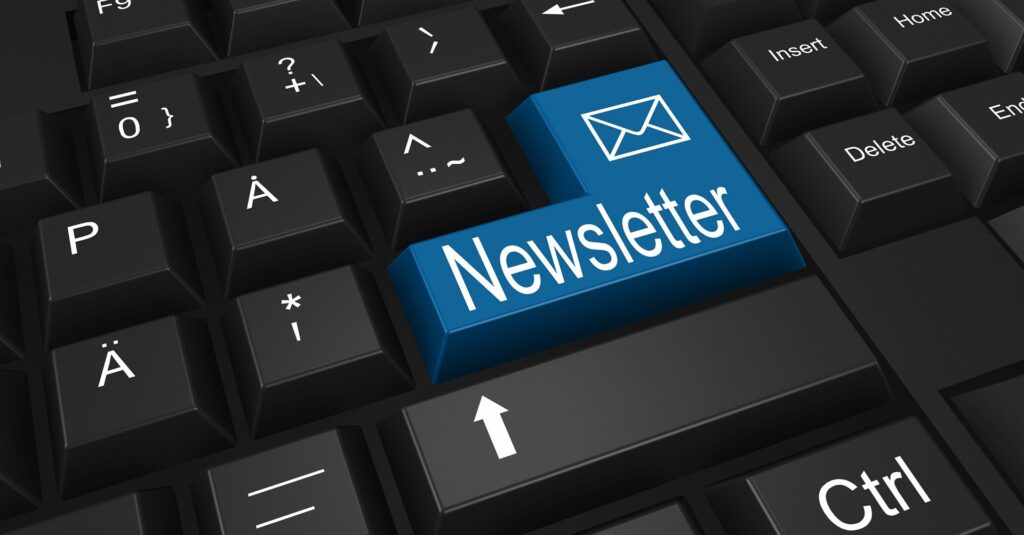
Whether you are an entrepreneur, own a small firm, or work for a large corporation offering either business-to-business (B2B) or business-to-consumer (B2C) products or services, establishing an efficient automated email marketing plan may provide you with several lucrative benefits, including the following:
- Better Click-Through Rate: According to Epsilon’s research, customized emails are viewed 199% more often than bulk emails.
- Increased Return on Investment (ROI): If you send the relevant emails to the appropriate customers at the correct times, those individuals are more likely to connect with your brand and take action. As a result, conversion rates go up.
- Higher Customer Satisfaction: Sending users emails that are relevant, timely, and customized builds a customer-centric paradigm that produces positive touchpoints for your business, leading to higher customer retention and satisfaction.
- Increased Customer Retention: Research has shown that email is the most effective method for boosting customer loyalty and retention over the entire customer lifespan.
- Increased Productivity: The automation of manual and monotonous operations allows you to save valuable time, reduces the amount of anxiety you feel, and streamlines your productivity.
- Increased Customer Market Segmentation: With the help of email marketing automation, you can automatically segment your target audience to quickly and effectively determine the groups into which each client falls. This not only guarantees that the emails every customer segment gets are helpful and tailored based on their prior interactions, but it also continues to gather data so that your segmentation lists are automatically and frequently updated on possibly changing preferences or behaviors. This is a win-win situation for both your customers and your business.
- Enhanced Marketing Data Collection: You can now monitor and evaluate how customers respond and engage with your marketing initiatives. This will allow you to create email marketing campaigns that will be more successful and targeted. You can do this by analyzing specific data on which customers read your email and clicked on offers in addition to their geographic location. Bounced emails and the reasons they were rejected may also be observed and handled here.
Conclusion
So, when it comes to email marketing automation, it provides your business with the tools it needs to build and execute marketing campaigns based on essential data without the time-consuming, labor-intensive effort of doing it manually.
What comes out of this is an improvement in the productivity and effectiveness of email marketing campaigns across the board, resulting in increased conversion rates.
In a nutshell, if you are in the marketing industry and have yet to look into the possibilities of email automation, this is the time to start doing so.
Every other kind of marketing communication could be more effective compared to the results achieved with a personalized email.
Customers may be prompted to get automated emails by doing certain activities, and those emails can be tailored to appeal to the customers’ interests. This helps boost online and in-store sales and revenue by providing discounts and other incentives.
